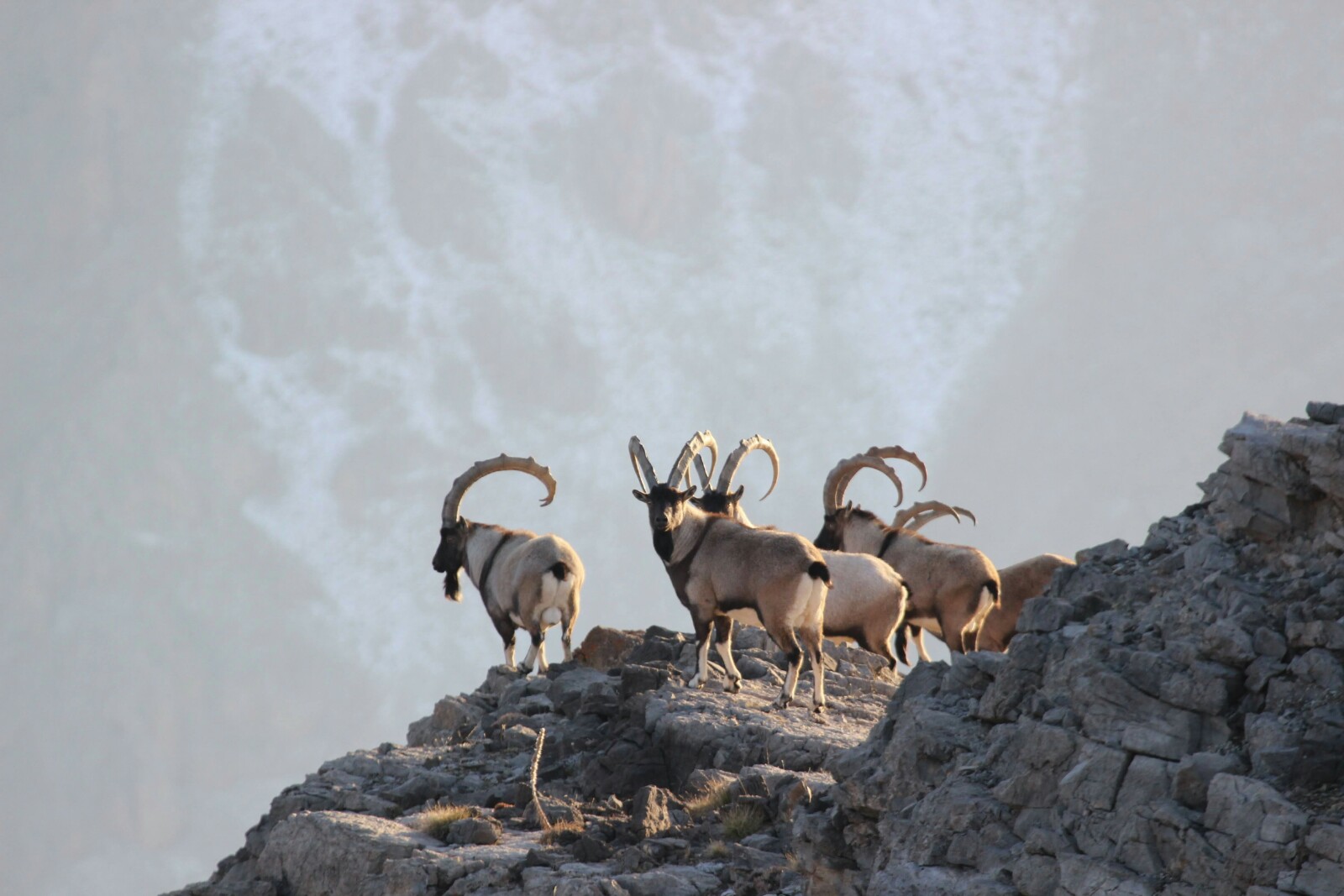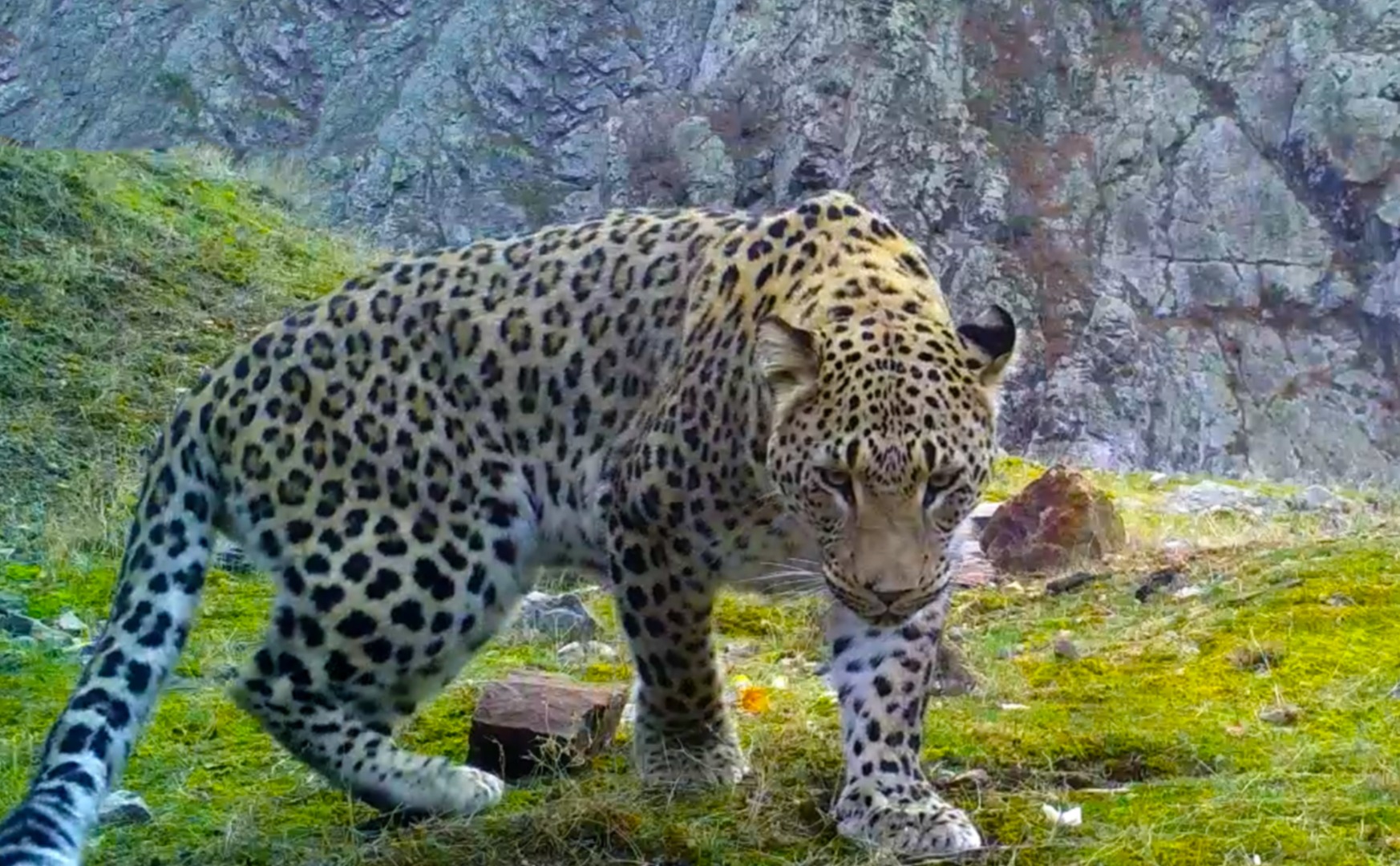Prepared by: Nature Conservation Center - Dr. Mustafa Durmuş, Nuray Çatlı, Yıldıray Lise
Photos: General Directorate of Nature Conservation and National Parks Photo Archive
Türkiye is located in a region where the continents of Europe, Asia and Africa meet, and is one of the rare countries that harbors the natural features of all three continents. Türkiye is also a peninsula surrounded by seas on three sides. It is divided into 7 geographical regions according to climate, vegetation and topographical features. In general, humid climates prevail in the coastal Black Sea, Marmara, Aegean and Mediterranean regions. In contrast, arid climates are prevalent in the Central, Eastern, and Southeastern Anatolia regions. Ecosystem types are also shaped depending on the climate. Steppe ecosystems, characterized by a lack of precipitation, are more common in Central, Eastern and Southeastern Anatolia, where arid climates prevail, while forest ecosystems are found in the Black Sea, Marmara, Aegean and Mediterranean regions with humid climates. In addition, in the Mediterranean and Aegean regions, maquis ecosystems consisting of drought- and fire-resistant plants are also widespread.
Türkiye is in a geologically active region as it is located at the intersection of different tectonic plates. For this reason, its elevation ranges up to 5137 meters above sea level and is topographically rich with valleys, canyons, caves and mountains where microclimate areas are seen. Tectonic movements have also enriched Türkiye in terms of rock structure and soil types. Soil formations such as serpentine, gypsum and marl, which occur when different rocks come to the surface, have led to the formation of areas with a high rate of endemism specific only to these regions.
In addition to these ecosystems, Türkiye is also rich in wetlands, with river and lake ecosystems and associated areas such as reeds, marshes, peatlands and freshwater swamp forest supporting ecosystem diversity. The fact that the country is surrounded by seas on three sides has led to the occurrence of marine ecosystems and associated lagoon, delta formations and coastal and dune ecosystems. The high diversity of marine, freshwater and terrestrial ecosystems is one of the most important reasons for the high diversity of species in Türkiye. The fact that Anatolia was a refuge for living things during the ice ages is also one of the factors that increase the species richness.
In addition to these factors, the European-Siberian, Mediterranean and Irano-Turanian phytogeographic regions (plant geographical regions) intersect in Türkiye and this is one of the factors that increase plant diversity. With all these characteristics, Türkiye is one of the four countries where three of the world's 36 biodiversity hotspots (Mediterranean, Caucasus, Iran-Anadolu) intersect.





